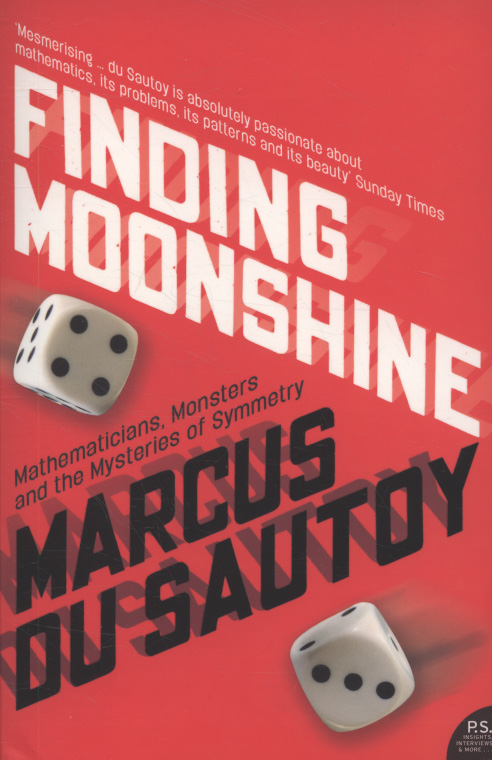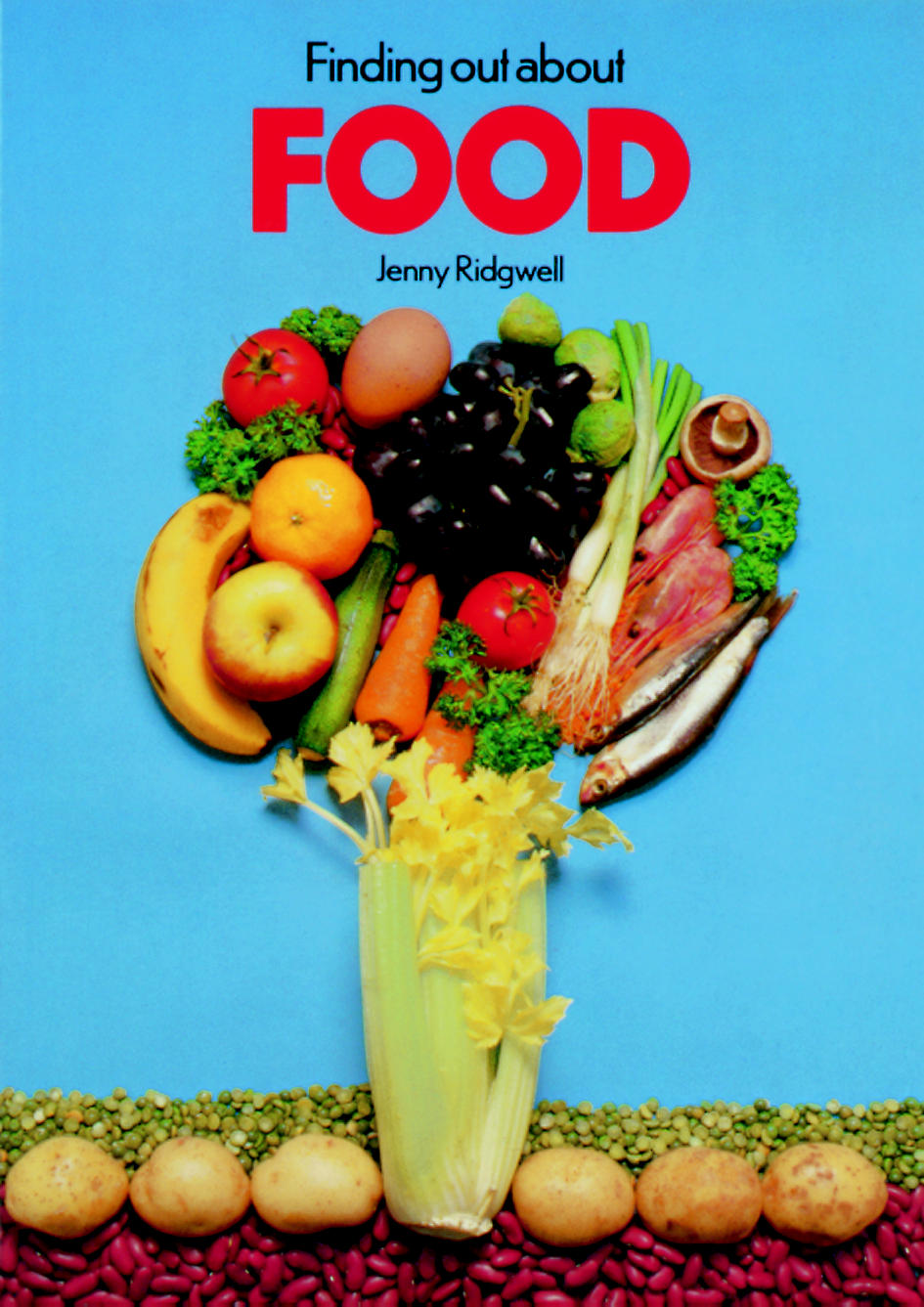Resources

The author explores the concept of symmetry in mathematics.
This book investigates questions such as how is breathing controlled? How do the lungs work? Why do some people suffer from hay fever or asthma? Why do athletes train at high altitudes? Classroom activities, problems and project topics help students explore a seemingly simple function that can be taken for granted...
This item is one of over 25,000 physical resources available from the Resources Collection. The Archive Collection covers over 50 years of curriculum development in the STEM subjects. The Contemporary Collection includes all the latest publications from UK educational publishers.
This book covers conservation, development and the efficient use of the earth's resources, at a time when the environment is at the forefront of science, politics and education. This book explores nuclear energy, afforestation, waste disposal, modern farming methods, coal mining and tourism.

A lively introduction for 11-14 year olds with plenty of simple experiments, practical activities, and ideas for investigative homework.There is a wide range of recipes, most of which can be prepared and cooked...
This book answers questions like why do we need to drink?, how much should we drink? and what should we drink? Topics covered include diffusion, body temperature regulation and the function of the kidneys. The book also looks at the constituents of tea, fruit juice and milk.
One of a series, this book about nuclear energy is intended for GCSE, Scottish Standard Grade syllabuses and TVEI. It describes how nuclear power stations now generate one fifth of Britain's electricity and asks whether citizens have the right to be concerned. Stating what the alternatives are, this book questions...
This book is part of a series of picture information books to help answer young children's questions about the world around them.
This book investigates our Earth.
This item is one of over 25,000 physical resources available from the Resources Collection. The Archive Collection covers over 50 years of curriculum development in the STEM subjects. The Contemporary Collection includes all the latest publications from UK educational publishers.
Finding Out About the Number of Flower Parts
This activity details three ways to dissect a flower in order to identify and name the different parts. Linked to plant lifecycles, further activity ideas can be found in the full resource Parts...
